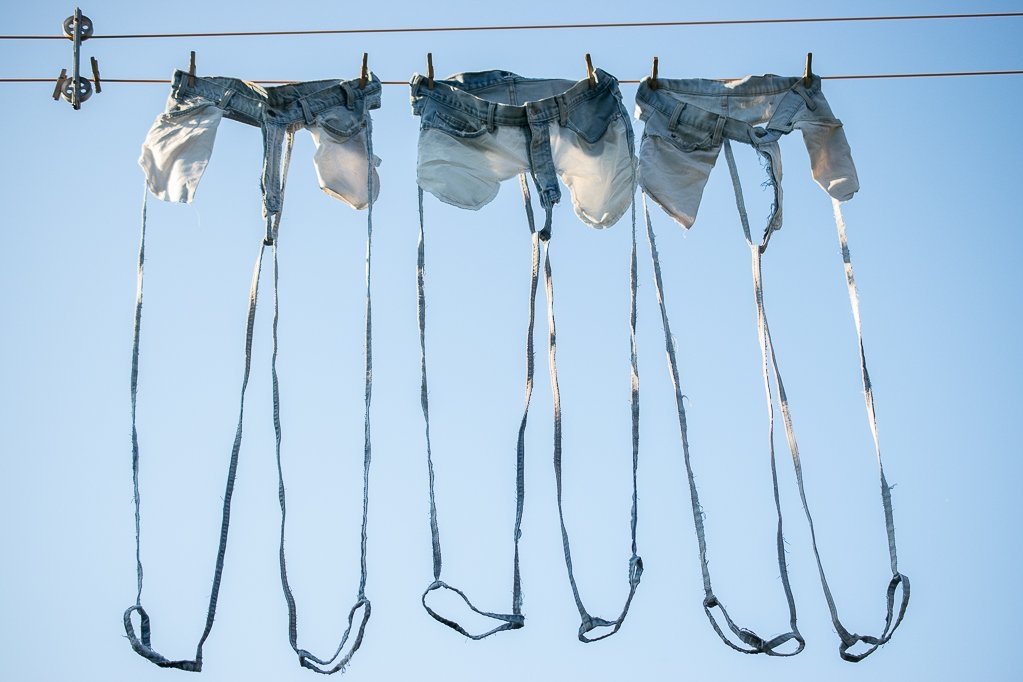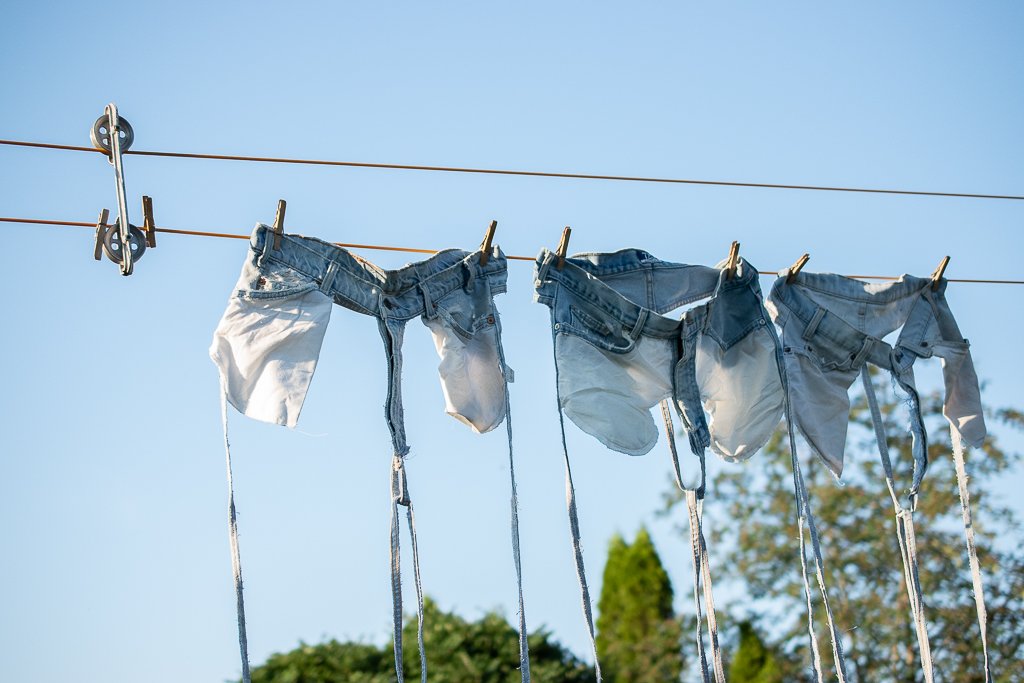I was awarded a microgrant of $1000 from Pat the Dog Theatre Company in January 2022. The microgrant was awarded to 35 emerging artists in Waterloo Region. For the grant I proposed to make a series of cyanotype prints of different wildflowers in Waterloo Region. I also proposed completing cyanotypes on different surfaces like canvas, fabric and wood.
Information about the Microgrant from Pat the Dog Theatre Company:
Pat the Dog Theatre Creation is delighted to announce the 2022 program of Micro-grants for Waterloo Region artists: 35 micro-grants of $1,000 each ($35,000 total) with each micro-grant representing the equivalent of 1-week paid work. This program is a continuation of the 2021 pilot for Waterloo Region and is made possible through the support of the City of Waterloo and the Kitchener-Waterloo Community Foundation.
The micro-grant will instigate and spark the first idea of a new artwork. This ‘kick-start’ is essential more than ever during the pause this pandemic has created for our local artists who depend on live gatherings to exhibit and perform their work. These grants will aide professional artists in investigation of their practice, with a focus on process, iterative learning, collaboration, and deep thinking. This program is a response to the still ongoing COVID-19 pandemic and the necessity for artists to continue to delve into and develop their practice in imaginative and innovative ways.
To see all the artists who were awarded the grant - . https://patthedog.org/microgrants-waterloo-region-2022-results/
Here are the names of the jury members that decided who would receive the grants:
Tara Butler, Artistic Director, Dust and Soul Dance
Denis Longchamps, Executive Director, Canadian Clay and Glass Gallery
Shirley Madill, Executive Director, Kitchener-Waterloo Art Gallery
Lisa O’Connell, Artistic Director, Pat the Dog Theatre Creation
Vanessa Spence, Artistic Director, Virtu Arts
I started the microgrant project by ordering some books on wildflowers in South-Western Ontario so that I could identify the wildflowers that grow in the Waterloo Region.
In June, I began harvesting the various wildflowers and making the cyanotypes of the wildflower designs.
In July, I experimented with the cyanotype process by printing on different surfaces. I completed the wildflower series.
In August, I will photograph the cyanotypes and adding the collection to website where they can be sold.
You can now see the cyanotypes made with wildflowers from this project. Click the button below!
Be sure to join my mailing list to stay connected on new projects I am working on and to see when new collections of art are released.
Related Articles:
Follow me on social media to stay connected by clicking on one of the icons below.





